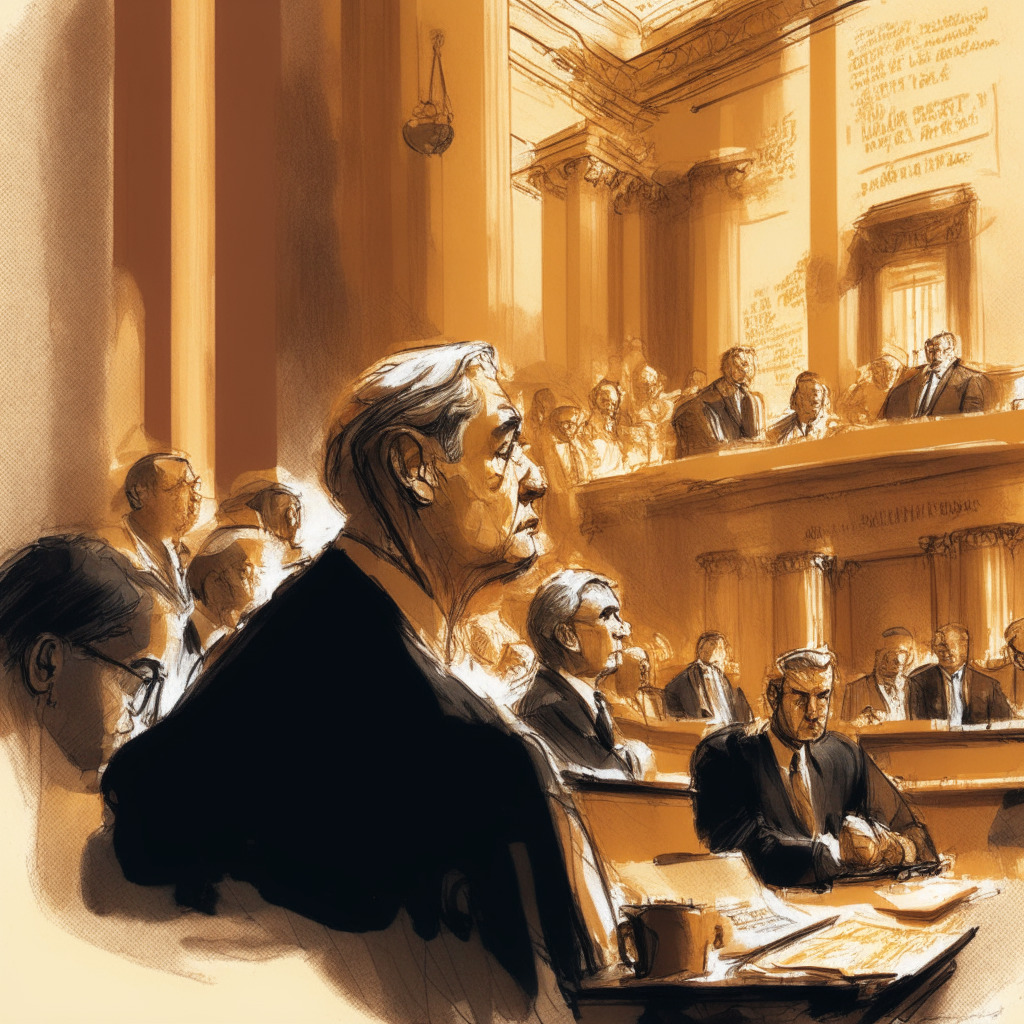Federal Reserve Chair Jerome Powell emphasized the necessity for a strong federal presence in the supervision of stablecoins during a semiannual hearing on monetary policy held by the Republican-led House Financial Services Committee. As cryptocurrencies, particularly Bitcoin, demonstrate staying power, it’s increasingly critical to establish a regulatory framework for these digital assets.
Stablecoins, which are digital tokens pegged to a sovereign currency like the dollar and issued by private enterprises, were a key topic raised during the session by Maxine Waters (D-CA), who expressed concerns about the Fed being “hamstrung” in their efforts. Waters suggested that if stablecoin issuers could register directly with states – an option currently included in draft legislation on stablecoins – the Fed’s ability to adequately regulate them would be limited.
In response to Waters’ concerns, Powell stated that any such move, allowing for increased private money creation at the state level, would be a mistake. He maintained that the central bank should play a leading role in stablecoins oversight, asserting that, “in all advanced economies, the ultimate source of credibility in money is the central bank.”
In previous statements, Powell acknowledged the potential value of stablecoins as part of the “payments universe,” saying that the technology differs substantially from other types of crypto assets. He further compared the regulation of stablecoins to that of money market mutual funds and bank deposits, arguing that a similar approach should be taken.
As the crypto landscape continues to evolve, attempts to implement robust legislation addressing stablecoin regulation have faced challenges; several bills have stalled out in recent times. However, following a July session during which lawmakers could propose changes, the current stablecoin bill is anticipated to advance to the Senate. This advancement is contingent upon the achievement of a positive consensus, which is essential for ensuring that the regulatory framework encompasses both stablecoins’ potential benefits and the protection of investors.
By actively participating in the regulatory landscape for stablecoins and working to create comprehensive guidelines, the Federal Reserve aims to ensure the continued growth of the crypto market without sacrificing stability and security. Ultimately, striking the right balance between fostering innovation and safeguarding investors from potential malpractice or mishaps in the rapidly expanding and increasingly influential stablecoin market will be crucial to its future success.
Source: Decrypt




